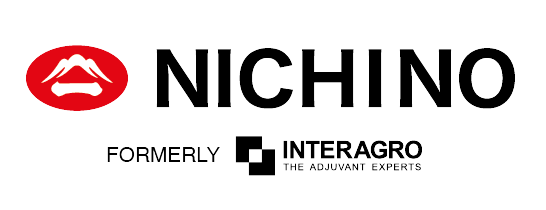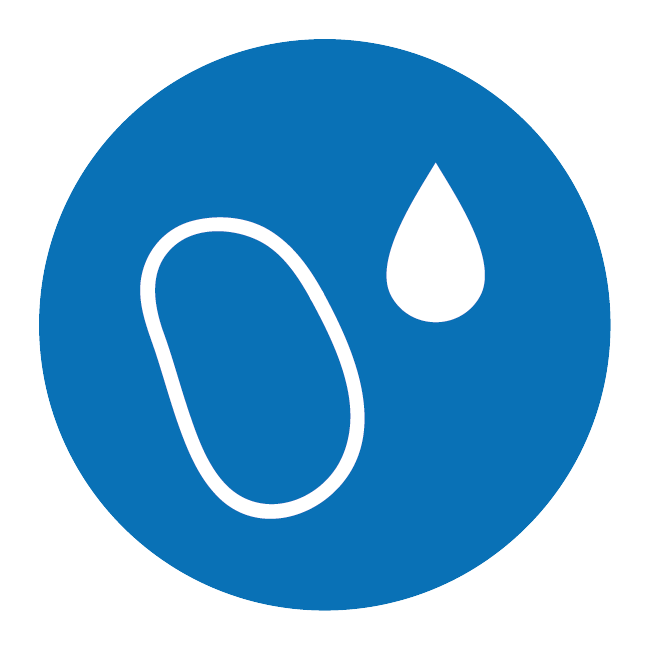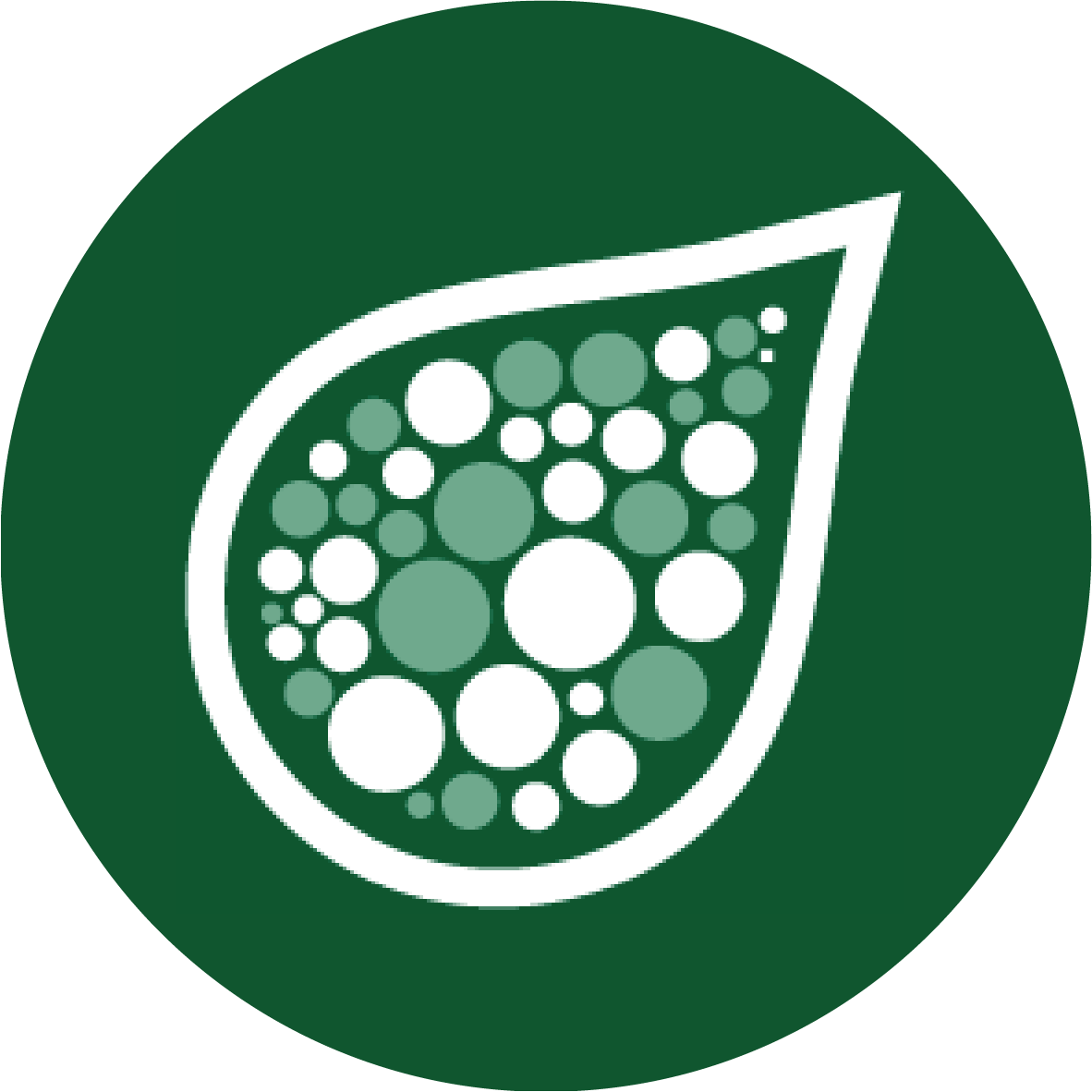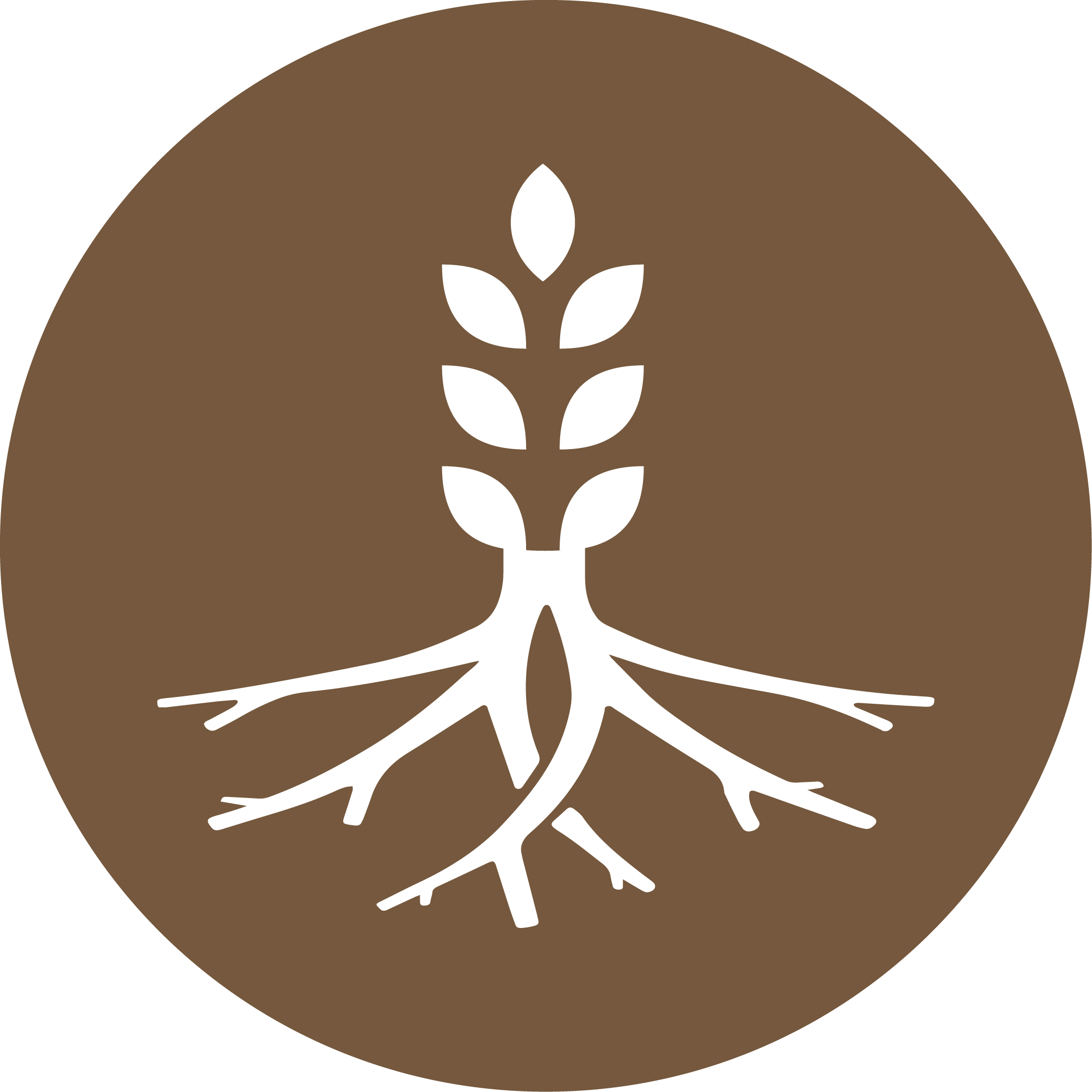AD4PT Newsletter October 2020
As we approach Halloween, the days are drawing in and the wetter conditions are becoming more problematic for growers. In our AD4PT October Newsletter we provide a snapshot of our oilseed rape plots at Flawborough Farms, and cover some of the most pertinent agronomy topics for when that much needed dry spell arrives. Plus, if you’re a maize grower, DSV provides a great insight into the maize varieties pushing energy yields.
AD4PT Autumn Thinking
AD4PT Oilseed Rape
As part of our involvement in AD4PT – a new strategic alliance of industry innovators which has been formed to accelerate the identification and development of new technologies to help growers adapt to the challenges of crop production in the future – Will Nicholls, ADAMA’s Regional Agronomy Manager for the North and North Midlands, has recently visited the project’s oilseed rape trial site.
In this short video Will explains how the trial crop is faring after recent applications of Legion (375g/l metazachlor & 125 g/l quinmerac) and Gusto IRON (2.94% ferric phosphate) and explains a little more about what the AD4PT project aims to achieve.


Optimise Phoma control with adjuvant Kantor
The Phoma forecast at ahdb.org.uk/phoma shows that thresholds are now being met in forward oilseed rape crops of susceptible varieties in many areas of the UK. Field monitoring for thresholds of 10-20% Phoma infection is now crucial to protect yield, particularly with the rainfall infection criteria easily exceeded across the country.
Growers are urged to check unsprayed crops & optimise Phoma control with Kantor where fungicide sprays are required.
Rising energy yields take Maize into a new era
The latest maize varieties are pushing energy yields to levels not seen in the UK before, says DSV’s Michael Farr.
The company’s new flint/dent variety Petroschka, for example, can achieve 235,000 MJ/ha with simple management making it one of the most reliable and productive options for AD plants, he points out.”
“To put that energy yield in perspective, the average for the top ten varieties on the BSPB’s forage maize descriptive list for varieties suited to favourable sites is less than 220,000 MJ/ha.”
“In the right growing conditions, that means Petroshka can deliver 5 – 10% more energy from every hectare grown compared to the highest mainstream performers in the UK.”
“Whether for energy or grain production, that’s a sizeable increase in output being delivered from the plant’s genetic ability to use light, water and nutrition to their full potential.”

Avatar – A new chapter in No-Til farming
HORSCH have never lost sight of the products that for 30 years have been forming its reputation: the first Seed-Exactors left a permanent impression. If you go back to the beginning of the company, Michael Horsch at that time built a machine that was suitable for no-till farming.
The arguments at that time: disturb the soil as little as possible, encourage biodiversity and, of course, in the context of decreasing prices, save costs. Due to the opening of the eastern markets in the Nineties there suddenly was a large market for no-till farming equipment. However the pto-shaft driven technology could not be used for the large fields in the East…
![]()

Battle black-grass with Backrow
With autumn spraying conditions becoming more catchy as we head deeper into October, together with protracted black-grass emergence, optimising residual herbicide performance pre- and peri-emergence remains vital. Teaming residuals with Nichino UK’s adjuvant Backrow will help to both safen applications and power performance in suboptimal conditions.
We also spoke to some agronomists across the country to find out why they feel Backrow could make a difference to black-grass control this autumn.
Theodore Winter Wheat retains it’s crown for outright disease resistance
DSV’s new group 4 hard wheat variety Theodore, which was added to the AHDB Recommended List for the first time last year, has again underlined its class-leading disease resistance in 2020 harvest results, says the company’s Sarah Hawthorne.
“Looking at the AHDB figures for this year’s harvest, Theodore is indisputably the UK’s cleanest wheat.”
“Theodore achieved highest untreated yield of all Group 4 wheats at 118% of control representing 8.9t/ha, with an overall disease infection score of just 6.6% compared to the nearest group 4 variety in second spot (35%).”
“Theodore achieved the highest untreated yield of all Group 4 wheats at 118% of control representing 8.9t/ha, with an overall disease infection score of just 6.6%. In comparison, the variety in second spot on the Group 4 list had an infection score of 35%.”








